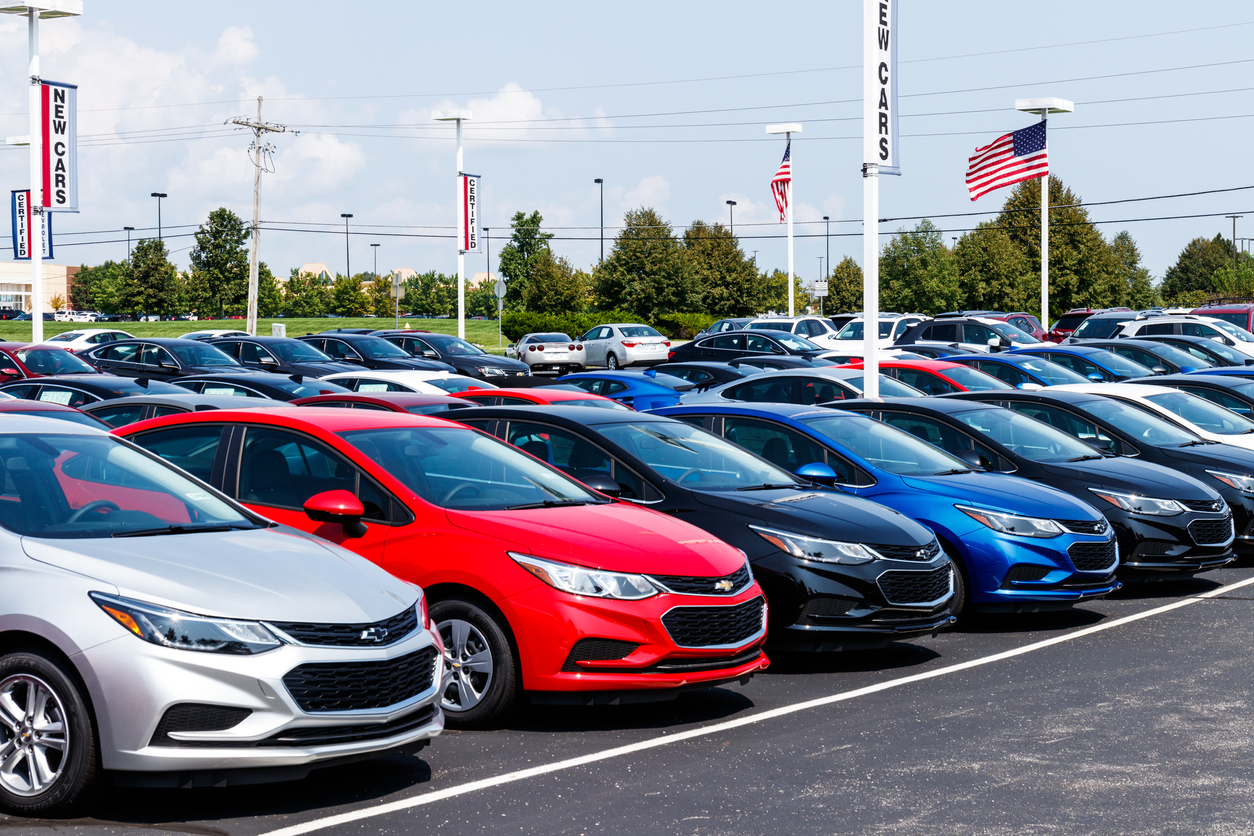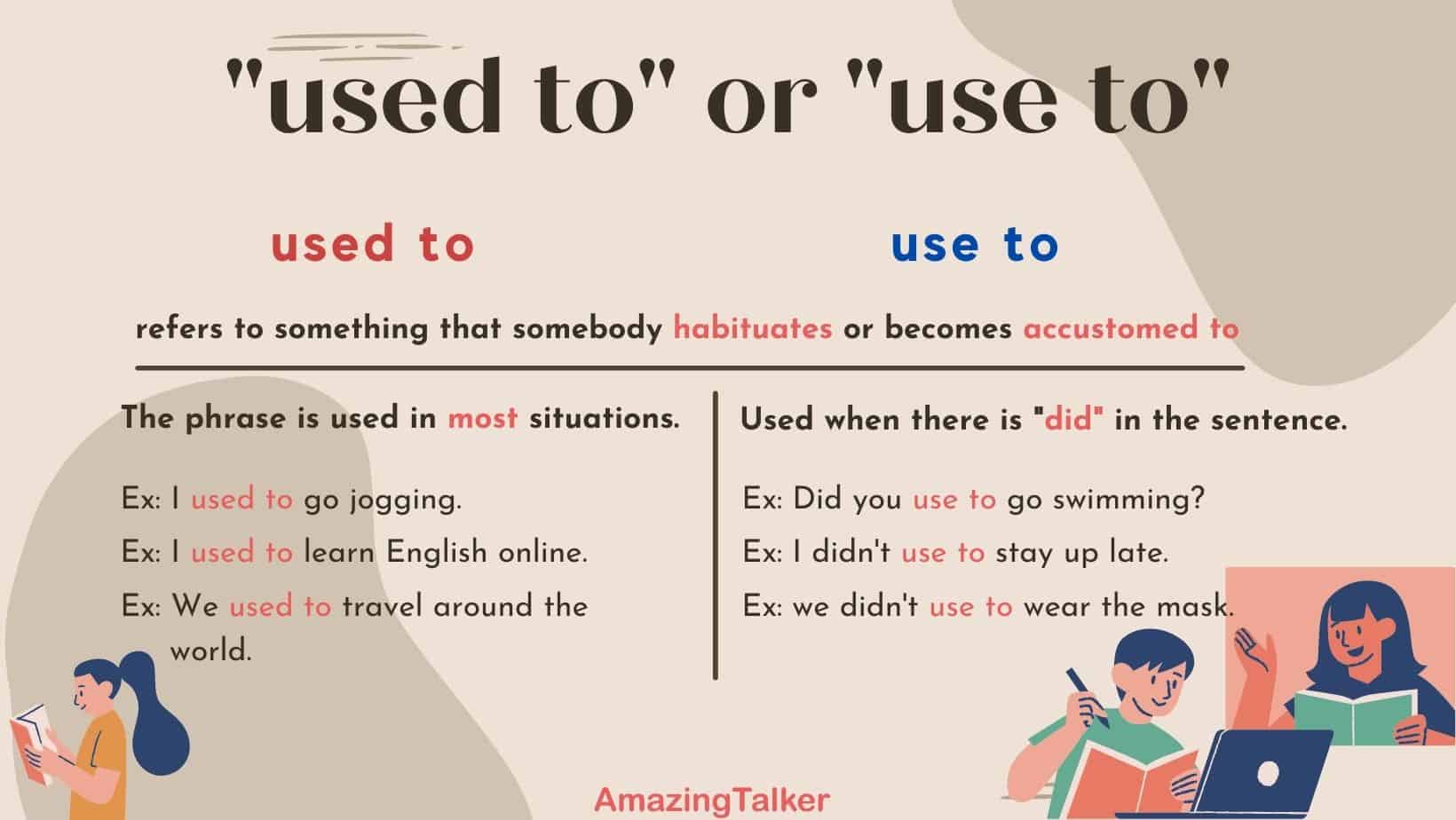Used Honda Ridgeline Pickup Trucks For Sale: Your Comprehensive Guide to a Versatile Workhorse sale.truckstrend.com
In the diverse landscape of pickup trucks, the Honda Ridgeline has always carved out a unique niche. Eschewing traditional body-on-frame construction for a unibody design shared with SUVs like the Honda Pilot and Passport, the Ridgeline offers a compelling blend of truck utility and SUV-like comfort and refinement. For those seeking a practical, reliable, and surprisingly versatile vehicle without the rugged compromises of a conventional truck, a Used Honda Ridgeline Pickup Truck For Sale presents an exceptionally smart choice. This guide will delve into everything you need to know about purchasing a pre-owned Ridgeline, from its unique benefits to practical buying tips and what to expect from different generations.
The Unconventional Contender: Why the Ridgeline Stands Out
Used Honda Ridgeline Pickup Trucks For Sale: Your Comprehensive Guide to a Versatile Workhorse
The Honda Ridgeline, first introduced for the 2006 model year, was designed to challenge the norms of the pickup truck segment. Honda’s philosophy was to create a truck that truly fit the needs of many casual users: capable of hauling and light towing, yet comfortable enough for daily commutes and family trips. This vision led to a vehicle that boasts a fully independent suspension, a car-like ride, and innovative features not found on typical trucks. Its unibody construction, while initially met with skepticism from truck purists, is precisely what gives the Ridgeline its distinctive advantages in ride quality, handling, and interior quietness. For buyers in the used market, this translates into a highly dependable and surprisingly refined pickup experience.
Benefits of Buying a Used Honda Ridgeline
Opting for a used Honda Ridgeline offers a plethora of advantages that make it a compelling proposition for a wide range of buyers:
- Exceptional Value: Like any used vehicle, a Ridgeline that has already gone through its initial depreciation offers significant cost savings compared to a new model. This allows buyers to access a well-equipped, reliable truck at a more accessible price point.
- Honda’s Legendary Reliability: Honda’s reputation for building durable and long-lasting vehicles extends to the Ridgeline. With proper maintenance, these trucks are known to accumulate high mileage with minimal major issues, making them excellent long-term investments.
- Superior Ride Comfort and Handling: Thanks to its unibody construction and independent suspension on all four wheels, the Ridgeline delivers a remarkably smooth and quiet ride, far more akin to an SUV than a traditional truck. It handles with confidence and agility, making it a joy for daily driving and long road trips.
- Innovative Utility Features: The Ridgeline is packed with clever features that enhance its practicality. The standout is the In-Bed Trunk®, a lockable, weather-sealed storage compartment beneath the bed floor, perfect for tools, groceries, or even ice. The Dual-Action Tailgate, which can open down or swing open to the side, further simplifies loading and unloading.
- Versatility for Modern Lifestyles: Whether you need to haul lumber for a DIY project, transport bikes for a weekend adventure, commute to work, or serve as a family vehicle, the Ridgeline adapts seamlessly. Its comfortable cabin, capable bed, and available all-wheel drive make it suitable for diverse needs.
- Strong Safety Ratings: Honda consistently prioritizes safety, and the Ridgeline is no exception. Both generations have generally performed well in crash tests, offering peace of mind for drivers and passengers.
- Respectable Fuel Economy: While not a fuel miser, the Ridgeline’s V6 engine and lighter unibody design often result in better fuel efficiency than many traditional body-on-frame mid-size or full-size trucks, especially older models.

Generations of the Honda Ridgeline: What to Look For

Understanding the different generations of the Ridgeline is crucial when navigating the used market. Each offers unique characteristics and potential considerations.
First Generation (2006-2014)
The original Ridgeline pioneered the concept of the unibody pickup. It featured a distinctive flying buttress design and was powered by a 3.5-liter V6 engine paired with a 5-speed automatic transmission and a standard Variable Torque Management (VTM-4) all-wheel-drive system.
- Key Features: Integrated In-Bed Trunk, Dual-Action Tailgate, spacious crew cab, comfortable ride.
- Common Considerations: Some owners report rust issues on the frame members (subframes) in salt-belt regions; check thoroughly. Suspension components might need replacement around 100k-150k miles. Earlier models may have less advanced infotainment.
- Trims: RT, RTS, RTL, Sport (introduced later). RTL is generally well-equipped with leather, heated seats, and a sunroof.

Second Generation (2017-Present)
After a brief hiatus, the Ridgeline returned completely redesigned for the 2017 model year. It adopted a more conventional, yet still distinct, truck aesthetic while retaining its unibody architecture and innovative bed features. It uses a refined 3.5-liter V6 engine, initially with a 6-speed automatic, later updated to a 9-speed automatic, and offers available i-VTM4 all-wheel drive.
- Key Features: Updated interior, improved fuel economy, available modern tech (Apple CarPlay/Android Auto), optional truck-bed audio system, more conventional styling.
- Common Considerations: Early 9-speed transmissions (2020-2021) had some reports of rough shifting; check for software updates. Some minor recalls for specific components, easily verifiable with a VIN check. Generally, very reliable.
- Trims: RT (FWD only, base), Sport, RTL, RTL-T (discontinued, tech-focused), RTL-E, Black Edition, TrailSport (off-road focused, 2024+), HPD Package (cosmetic, various trims).
How to Buy a Used Honda Ridgeline: A Practical Guide
Purchasing a used vehicle requires careful consideration. Follow these steps to ensure a smooth and satisfactory experience:
- Define Your Needs and Budget: Determine what you’ll primarily use the Ridgeline for (hauling, family, commuting, light off-roading). Set a realistic budget that includes the purchase price, potential repairs, insurance, and registration.
- Research Specific Model Years and Trims: Based on your budget and desired features, narrow down the specific model years and trim levels that interest you. Read owner reviews and professional assessments for common issues or praised features.
- Where to Look:
- Dealerships: Honda certified pre-owned (CPO) vehicles offer extended warranties and rigorous inspections, but come at a higher price. Independent used car dealerships offer a wider selection.
- Online Marketplaces: Websites like AutoTrader, Cars.com, CarGurus, and even Facebook Marketplace offer vast inventories from both dealerships and private sellers.
- Private Sellers: Often offer lower prices as there’s no dealership markup, but you’ll need to be more diligent with inspections and paperwork.
- Check Vehicle History Reports: Always obtain a CarFax or AutoCheck report using the vehicle’s VIN. This report provides crucial information on accidents, service history, odometer discrepancies, flood damage, and title issues.
- Thorough Inspection:
- Visual Inspection: Look for signs of body damage, inconsistent paint, rust (especially on older first-gen models), tire wear, and fluid leaks. Check the bed for excessive wear.
- Interior Inspection: Test all electronics (radio, A/C, power windows, lights), check for excessive wear on seats and carpets, and ensure no foul odors.
- Under the Hood: Check fluid levels and condition (oil, coolant, brake fluid), look for corrosion on battery terminals, and listen for unusual noises.
- The Test Drive: This is critical. Pay attention to:
- Engine Performance: Smooth acceleration, no hesitation or unusual noises.
- Transmission: Smooth shifts, no clunking or slipping. Test at various speeds.
- Brakes: Firm pedal, no pulling, squealing, or grinding.
- Steering: Responsive, no excessive play or pulling to one side.
- Suspension: Smooth over bumps, no excessive bouncing or creaking.
- Comfort: How does it feel to sit in and drive for an extended period?
- Pre-Purchase Inspection (PPI): If you’re serious about a vehicle, especially from a private seller, invest in a PPI by an independent, trusted mechanic. They can identify issues that aren’t apparent to the untrained eye, potentially saving you thousands in future repairs.
- Negotiation: Be prepared to negotiate the price. Research market values for similar Ridgelines in your area. Be willing to walk away if the deal isn’t right.
Important Considerations & Potential Challenges
While the Ridgeline is highly reliable, keeping these points in mind will aid your purchase:
- Understanding its "Truckness": The Ridgeline is a fantastic light-duty truck, but it’s not designed for heavy-duty towing (max ~5,000 lbs) or extreme off-roading like traditional body-on-frame pickups. Ensure its capabilities align with your needs.
- Maintenance History is Key: A well-maintained Ridgeline will last much longer. Ask for service records. Look for evidence of regular oil changes, transmission fluid changes, and timing belt replacement (on first-gen models at 105k miles).
- Rust: As mentioned, first-generation models, particularly in regions that use road salt, can exhibit rust on the subframe components. A thorough inspection underneath is crucial. Second-gen models are less prone but still worth checking.
- Aftermarket Accessories: If the truck has extensive aftermarket modifications (lift kits, large tires, performance tunes), proceed with caution. These can sometimes void warranties or put undue stress on components.
Maintaining Your Used Honda Ridgeline
Once you’ve purchased your Ridgeline, proper maintenance is key to its longevity. Follow Honda’s recommended service schedule, paying close attention to:
- Oil Changes: Regular synthetic oil changes are vital.
- Transmission Fluid: Crucial for the longevity of the automatic transmission. Follow the maintenance minder system or recommended intervals.
- Timing Belt (First Gen): Replace at approximately 105,000 miles, along with the water pump, for the 3.5L V6 engine.
- Spark Plugs: Check and replace as recommended.
- Brakes and Tires: Regular inspection and replacement as needed.
- Fluid Checks: Keep an eye on coolant, power steering fluid (if applicable), and brake fluid levels.
- Differential Fluid (AWD models): Replace as recommended, especially if you tow or drive in demanding conditions.
Estimated Price Guide for Used Honda Ridgeline
Prices for used vehicles fluctuate significantly based on model year, mileage, condition, trim level, geographic location, and market demand. The table below provides estimated price ranges for different generations and conditions. These figures are for general guidance only.
| Model Year Range | Generation | Estimated Price Range (USD) | Key Features/Notes |
|---|---|---|---|
| 2006-2008 | 1st Generation | $5,000 – $10,000 | Early models, higher mileage, potential for rust in some regions. Good entry point for utility. |
| 2009-2014 | 1st Generation | $8,000 – $16,000 | Refined first-gen, often with lower mileage than earlier models. Sport trim available. Look for well-maintained examples. |
| 2017-2019 | 2nd Generation | $18,000 – $28,000 | First years of the redesigned model. Good value as depreciation has settled. Check for 6-speed auto models. |
| 2020-2022 | 2nd Generation | $25,000 – $38,000 | Mid-cycle refreshed models, often with 9-speed auto and more modern tech. Higher prices reflect lower mileage and newer features. |
| 2023-Present | 2nd Generation | $35,000 – $48,000+ | Latest models, still relatively new to the used market. Excellent condition, low mileage. May include updated trims like TrailSport. Prices approach new vehicle MSRP, but still offer savings. |
Note: Prices are highly variable. Always conduct your own research based on specific listings in your local market.
Frequently Asked Questions (FAQ) About Used Honda Ridgelines
Q1: Is the Honda Ridgeline a "real" truck?
A1: Yes, absolutely, depending on your definition. While it uses a unibody construction (like an SUV) rather than a traditional body-on-frame, it features an open bed, capable towing capacity (up to 5,000 lbs), and impressive payload. It’s designed for light to medium-duty truck tasks with the added benefits of SUV-like comfort and handling.
Q2: What is the typical lifespan of a Honda Ridgeline?
A2: With proper maintenance, Honda Ridgelines are known to last well over 200,000 miles, and many owners report reaching 250,000 to 300,000 miles or more. Regular oil changes, timely fluid flushes, and addressing minor issues promptly contribute significantly to its longevity.
Q3: What are common problems with used Honda Ridgelines?
A3: First-generation Ridgelines can be prone to rust on the subframe in areas with heavy road salt usage, so thorough inspection is key. Some owners of both generations report minor issues with infotainment systems or sensors. Overall, major mechanical issues are rare due to Honda’s strong reliability record. Always check for specific recalls related to the model year you’re considering.
Q4: How much can a Honda Ridgeline tow?
A4: Most Honda Ridgeline models (both generations, with AWD) have a maximum towing capacity of 5,000 pounds when properly equipped with a towing package. Front-wheel-drive (FWD) Ridgelines (some base models of the second generation) have a lower capacity, typically around 3,500 pounds.
Q5: What’s the fuel economy like on a used Ridgeline?
A5: Fuel economy varies by generation and drivetrain. First-generation models typically achieve around 15-17 MPG city and 20-22 MPG highway. Second-generation models (with the 6-speed automatic) generally get 18-19 MPG city and 25-26 MPG highway, improving slightly with the 9-speed automatic transmission. These figures are generally competitive for a V6-powered truck.
Q6: Is the Honda Ridgeline good for off-roading?
A6: The Ridgeline is capable of light off-roading, such as navigating dirt roads, snowy conditions, or mild trails, thanks to its intelligent all-wheel-drive system (i-VTM4 on second gen) and respectable ground clearance. However, it’s not designed for serious rock crawling or extreme off-road adventures, which are better suited for body-on-frame trucks with dedicated off-road packages.
Conclusion
The Used Honda Ridgeline Pickup Truck For Sale market offers a compelling opportunity for buyers seeking a vehicle that blends the utility of a truck with the comfort and refinement of an SUV. Its unique unibody construction, coupled with Honda’s reputation for reliability and innovative features like the In-Bed Trunk, makes it an exceptionally versatile and practical choice. By understanding its distinct advantages, conducting thorough research, and performing diligent inspections, you can confidently find a pre-owned Ridgeline that will serve as a reliable, comfortable, and capable partner for years to come. It’s a smart choice for those who need a truck that can truly do it all, without the traditional truck compromises.



